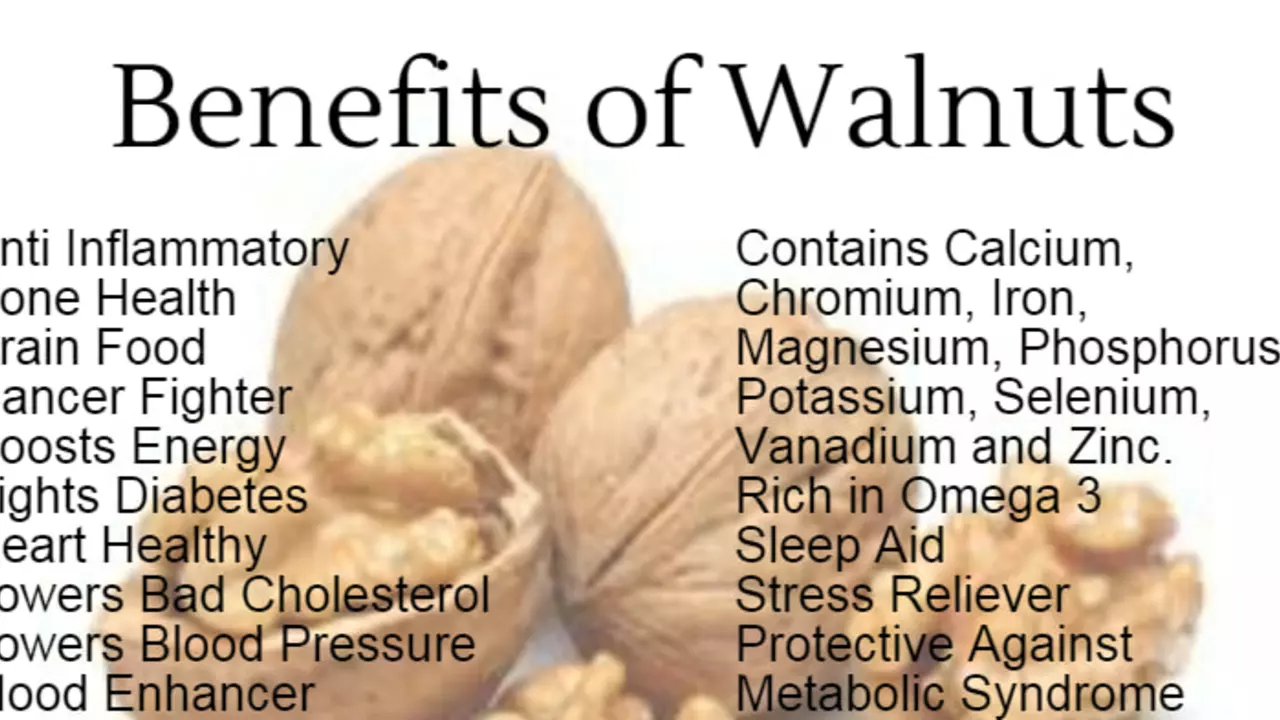Safflower: What It Is, Why It Matters, and How to Use It
Ever wonder why you see safflower oil on store shelves or hear about safflower seeds in health talks? Safflower is a bright‑yellow flower that produces tiny seeds packed with oil. The oil is light‑flavored and high in certain fats that many people find useful for cooking, skin care, and even supplements. It’s not just a garden plant – it’s a practical ingredient you can add to meals or your daily routine without much hassle.
Health Benefits of Safflower
Safflower seeds contain a good amount of linoleic acid, an omega‑6 fatty acid that helps keep cell walls flexible. That can support heart health by helping cholesterol stay in a healthy range. The seed also carries vitamin E, which works as an antioxidant – think of it like a shield against damage from everyday stressors.
People who include safflower oil in their diet often report smoother skin and less inflammation. The oil’s fatty acids help moisturize from the inside out, so you might notice fewer dry patches during winter. If you’re looking for a natural way to boost your immune system, the vitamin E and polyphenols in safflower can give it a gentle lift.
Cooking and Supplement Tips
Safflower oil has a high smoke point, meaning it stays stable at higher temperatures. It’s perfect for stir‑frying, roasting veggies, or baking when you want a neutral taste that won’t overpower other flavors. Drizzle the oil over salads with a squeeze of lemon for a quick dressing – the light texture lets other ingredients shine.
If you prefer the seed form, sprinkle toasted safflower seeds on oatmeal or yogurt for a crunchy boost. They add a subtle nutty flavor without adding extra sugar. For supplement lovers, capsules made from cold‑pressed safflower oil are an easy way to get a daily dose of healthy fats. A typical adult might take one or two capsules per day, but always check the label and talk to your doctor if you have any medical conditions.
When buying safflower products, look for “cold‑pressed” on the bottle – that means the oil wasn’t heated during extraction, so more nutrients stay intact. Store the oil in a dark glass container in a cool spot; this prevents it from turning rancid too quickly. Seeds can be kept in an airtight jar in the pantry for several months.
Overall, safflower is a versatile plant that fits into both your kitchen and your health plan without much extra effort. Whether you’re cooking up a storm, looking for skin‑friendly nutrients, or adding a supplement to support heart health, safflower offers simple, effective options. Give it a try in one of the ways above and see how easy it is to make this humble flower work for you.
In my latest blog post, I dive deep into the world of safflower, a plant that's not just beautiful but also packed with health benefits. From its impressive nutritional profile, including vitamins, minerals, and essential fatty acids, safflower has a lot to offer. Be it boosting heart health, managing diabetes, or promoting skin and hair health, safflower seems to have it all. Plus, it's more than just a health food - it can also be used in cooking and cosmetics. Stay tuned to get the inside scoop on all things safflower!

